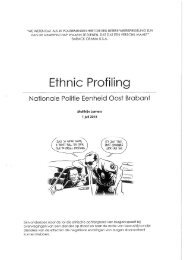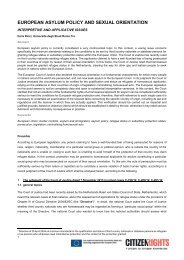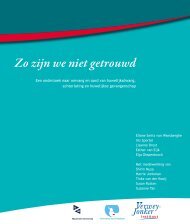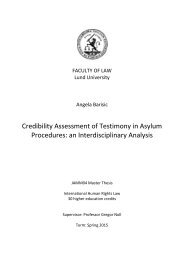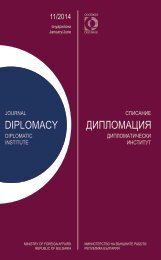AEMI
AEMI-2016-web
AEMI-2016-web
Create successful ePaper yourself
Turn your PDF publications into a flip-book with our unique Google optimized e-Paper software.
MARIA JARLSDOTTER ENCKELL<br />
years, often quite aggressively so by the<br />
Russian American Company itself or its<br />
many agents, in the pursuit of satisfying<br />
the Company’s ever ongoing need for<br />
capable professional men competent in<br />
various fields desired.<br />
It is ironic that today Sitka’s two Russian<br />
era churches, both new: the orthodox<br />
one a faithful replica of the old from<br />
1848, the older Lutheran from 1840, by<br />
political manipulation condemned to<br />
be torn down in 1888 (later replaced<br />
by a string of less enticing modern<br />
ones, lacking both patina and soul), still<br />
stand on their original Russian Era lots<br />
so close to each other that anyone who<br />
so will chose can spit from the steps of<br />
one and have it land on the steps of the<br />
other. The former is glorified beyond<br />
imagination as the epitome of Alaska’s<br />
Russian Era, the other one; historically<br />
at least equally significant to that era<br />
is still ignored by the blindness of the<br />
modern era’s eminent historians. So, if<br />
Alaska’s Russian Era historians do continue<br />
to avoid recognizing that Alaska’s<br />
Russian Era had two equally significant<br />
parallel white communities, that of the<br />
Orthodox and the Lutheran, representing<br />
the cultures of the Orthodox East<br />
and the Lutheran West with their two<br />
markedly different outlooks on life, cultures,<br />
traditions, values, education, and<br />
structures of society, then Alaska’s Russian<br />
Era history research will go on its<br />
merry way, hobbling slowly along, dragging<br />
one of its two legs; that other one<br />
ignored, unused, turned invisable and<br />
lame, yet never buried under 10 feet of<br />
soil.<br />
The next point is a message:<br />
Please help, as I don’t have access to those<br />
much needed tools I have used and still<br />
93<br />
use in my search for Finlanders in Russian<br />
America, such as church records,<br />
passport records, in- and out-moving<br />
parish records, newspaper notices, birth<br />
announcements, obituaries and the like,<br />
as I’m unable to do the same for all the<br />
really many Lutherans from Estland,<br />
Lifland and Kurland, the Russian-America<br />
Company had recruited for its many<br />
North Pacific operating sites. I hope and<br />
pray such research will pick the interest<br />
of some historian(s), as without history<br />
we stand naked without a past to look<br />
back at, without it we stand without<br />
reference points to who and what we<br />
are, and what we stand for. If we lack<br />
reference points we have no identity to<br />
call our own. And, if we don’t value and<br />
hold on to our past someone else will<br />
grab hold of our past history, to then<br />
boldly proclaim it-all as their very own.<br />
Further work is required using the<br />
same methodology and type of records<br />
as employed here for the many Lutherans<br />
from Estland, Lifland and Kurland,<br />
whom the Russian-America company<br />
recruited for its many North Pacific operating<br />
sites. This article will have been<br />
worthwhile if were to stimulate such<br />
work.




